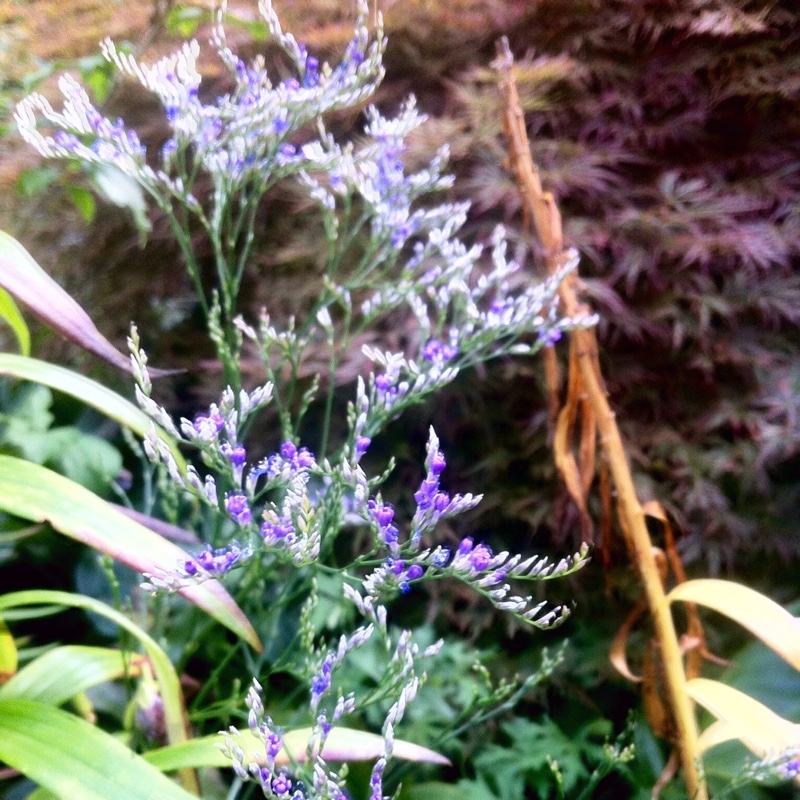
Limonium platyphyllum syn Limonium Latifolium
Sea Lavender
Sometimes known as Limonium latifolium. Sea lavender is ideal for gardens on dry, sandy soil, and even windy coastal gardens. Once established it is fairly drought-tolerant, but thrives equally well in better conditions. Each plant forms a neat rosette of large, attractive oval leaves almost flat on the ground, and these often turn bronze-red in the sun. In mid-summer, wiry stems support frothy masses of tiny pale pink or lavender flowers, like gypsophila but stiffer. The flowers dry out gradually on the plants and, though faded, persist into late summer.
Contributed by @22pilgrim
-
Full sun
-
Very little water
-
Full Frost Hardy: 5F (-15°C)
-
Light and free draining
Common name
Sea Lavender
Latin name
Limonium platyphyllum syn Limonium Latifolium
type
Perennial
family
Plumbaginaceae
ph
5.0 - 7.5 Acid - Neutral
Plant & bloom calendar
-
Best time to plant
full grown dimensions
 0.45 M
0.70 M
0.45 M
0.70 M
Limonium platyphyllum syn Limonium Latifolium
Sometimes known as Limonium latifolium. Sea lavender is ideal for gardens on dry, sandy soil, and even windy coastal gardens. Once established it is fairly drought-tolerant, but thrives equally well in better conditions. Each plant forms a neat rosette of large, attractive oval leaves almost flat on the ground, and these often turn bronze-red in the sun. In mid-summer, wiry stems support frothy masses of tiny pale pink or lavender flowers, like gypsophila but stiffer. The flowers dry out gradually on the plants and, though faded, persist into late summer.
Planting young plants
From Early Spring TO Early Spring
Plant Limonium in full sun in a south-facing position. They’re not fussy plants and will tolerate both acid and alkaline soils, although they do prefer a sandy soil. They will also do well planted against a south facing wall.
















